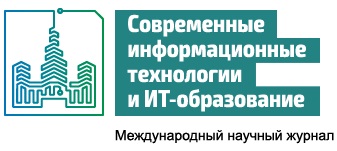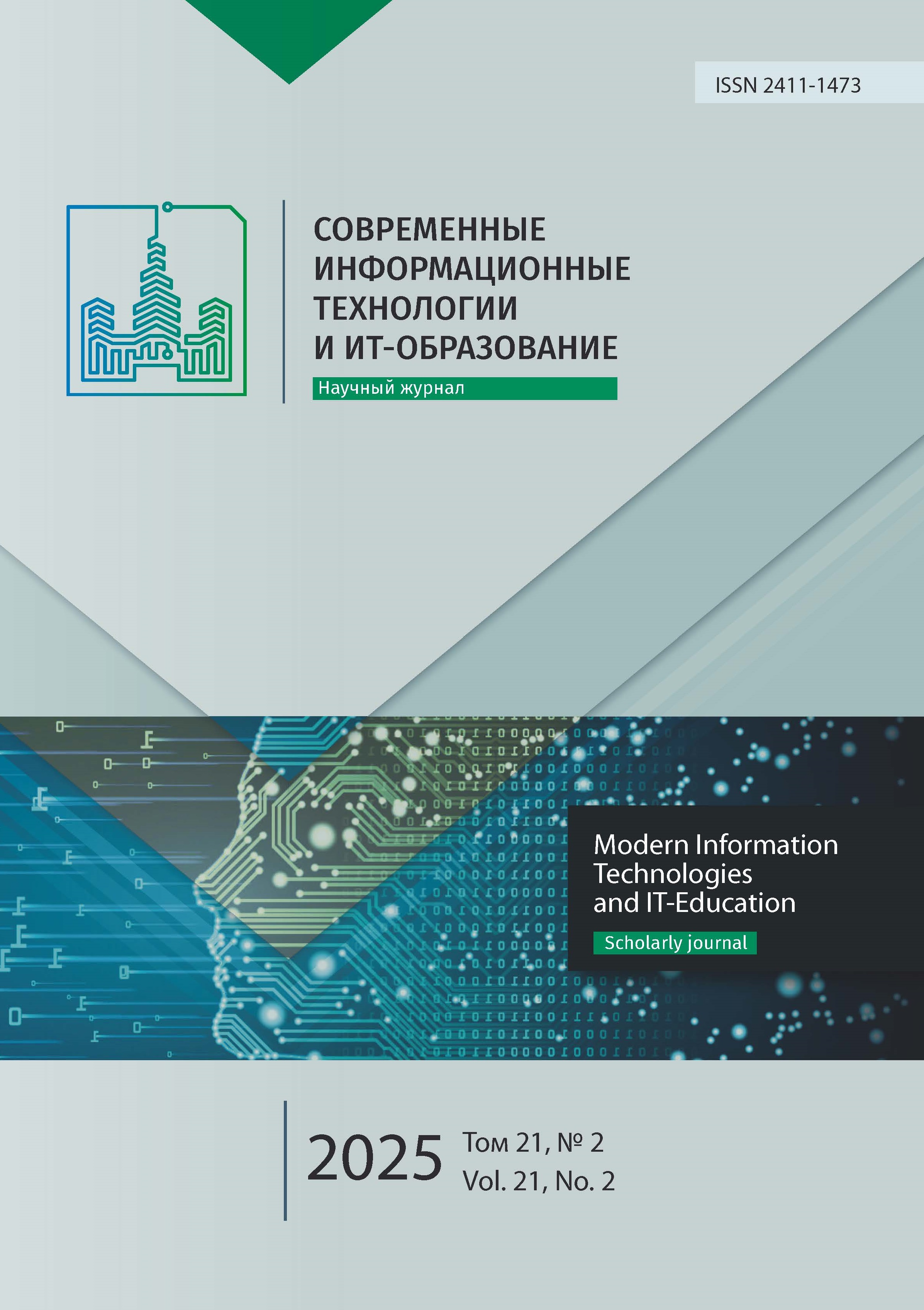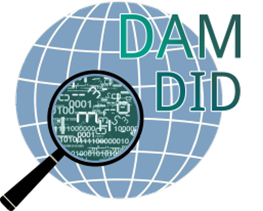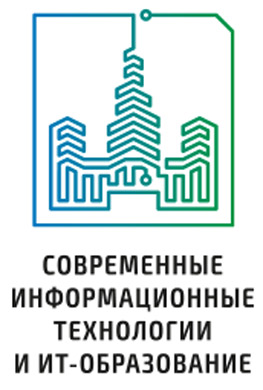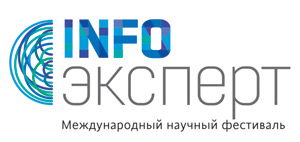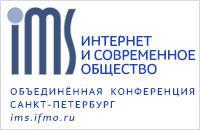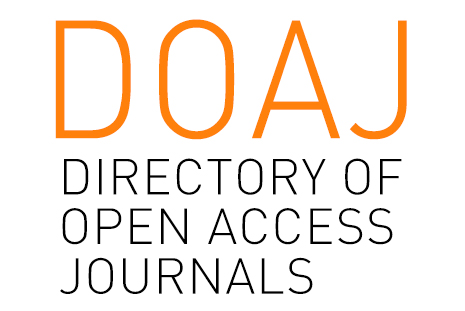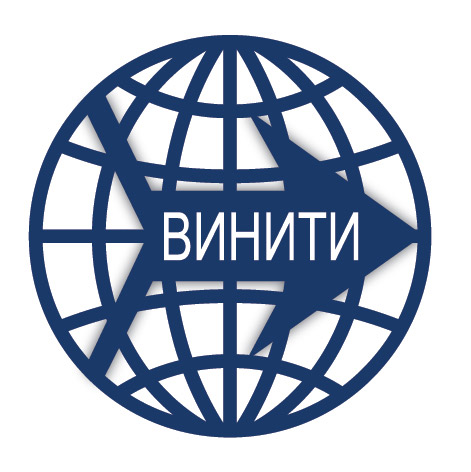Распознавание сложно-составных действий человека на основе анализа последовательности скелетных поз
Аннотация
Одним из приоритетных направлений развития технологии компьютерного зрения является выделение скелетных данных из изображений людей и последующее использование этих данных для решения целого спектра прикладных задач. В статье дается краткий обзор технологий для решения задачи распознавания действий человека, выделяются основные подходы, описываются ограничения, преимущества и недостатки. Авторами предложен новый подход к распознаванию сложносоставных действий человека на основе анализа динамики скелетных данных и применения машины состояний. Используемый подход является многоступенчатым и сочетает в себе последовательное использование нейросетевой модели определения позы человека MoveNet, пользовательского слоя извлечения расширенных признаков (PoseEnhancementLayer), а также алгоритм выявления совершаемого действия на основе анализа поз в бифуркационных точках действия. Предложенное авторами решение позволяет определять действия без дополнительного обучения модели, что обеспечивает гибкость и масштабируемость. Тестирование на открытых датасетах показало высокую точность классификации поз человека и устойчивость к неполным или зашумленным последовательностям. Результаты работы актуальны для задач в области спортивной аналитики, интерактивного обучения, реабилитации и медицинского мониторинга.

Это произведение доступно по лицензии Creative Commons «Attribution» («Атрибуция») 4.0 Всемирная.
Редакционная политика журнала основывается на традиционных этических принципах российской научной периодики и строится с учетом этических норм работы редакторов и издателей, закрепленных в Кодексе поведения и руководящих принципах наилучшей практики для редактора журнала (Code of Conduct and Best Practice Guidelines for Journal Editors) и Кодексе поведения для издателя журнала (Code of Conduct for Journal Publishers), разработанных Комитетом по публикационной этике - Committee on Publication Ethics (COPE). В процессе издательской деятельности редколлегия журнала руководствуется международными правилами охраны авторского права, нормами действующего законодательства РФ, международными издательскими стандартами и обязательной ссылке на первоисточник.
Журнал позволяет авторам сохранять авторское право без ограничений. Журнал позволяет авторам сохранить права на публикацию без ограничений.
Издательская политика в области авторского права и архивирования определяются «зеленым цветом» в базе данных SHERPA/RoMEO.
Все статьи распространяются на условиях лицензии Creative Commons «Attribution» («Атрибуция») 4.0 Всемирная, которая позволяет другим использовать, распространять, дополнять эту работу с обязательной ссылкой на оригинальную работу и публикацию в этом журналe.
